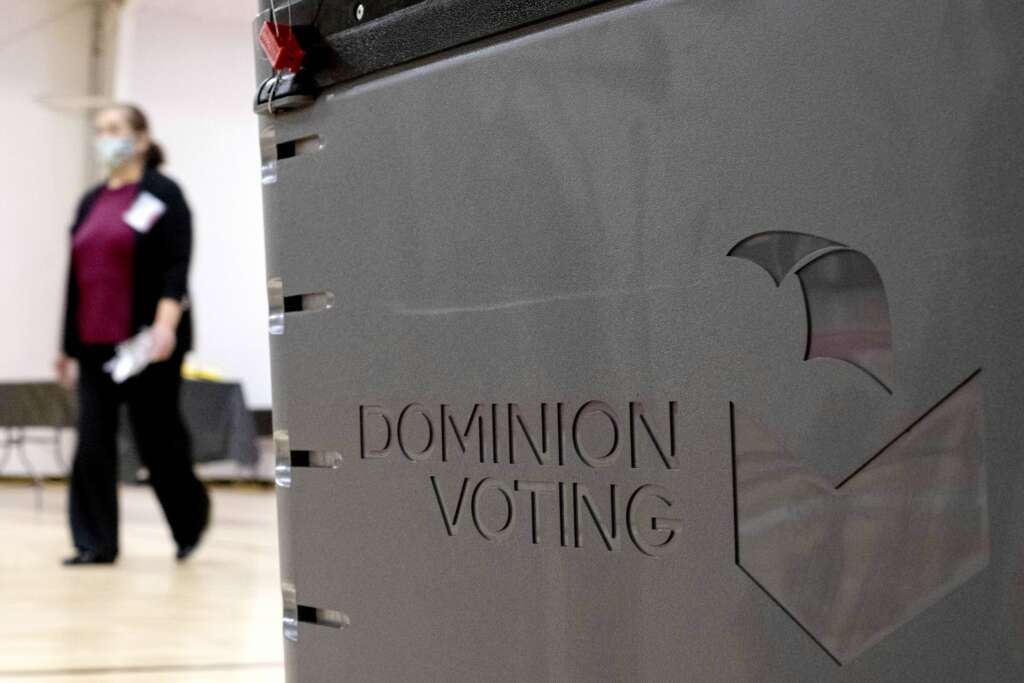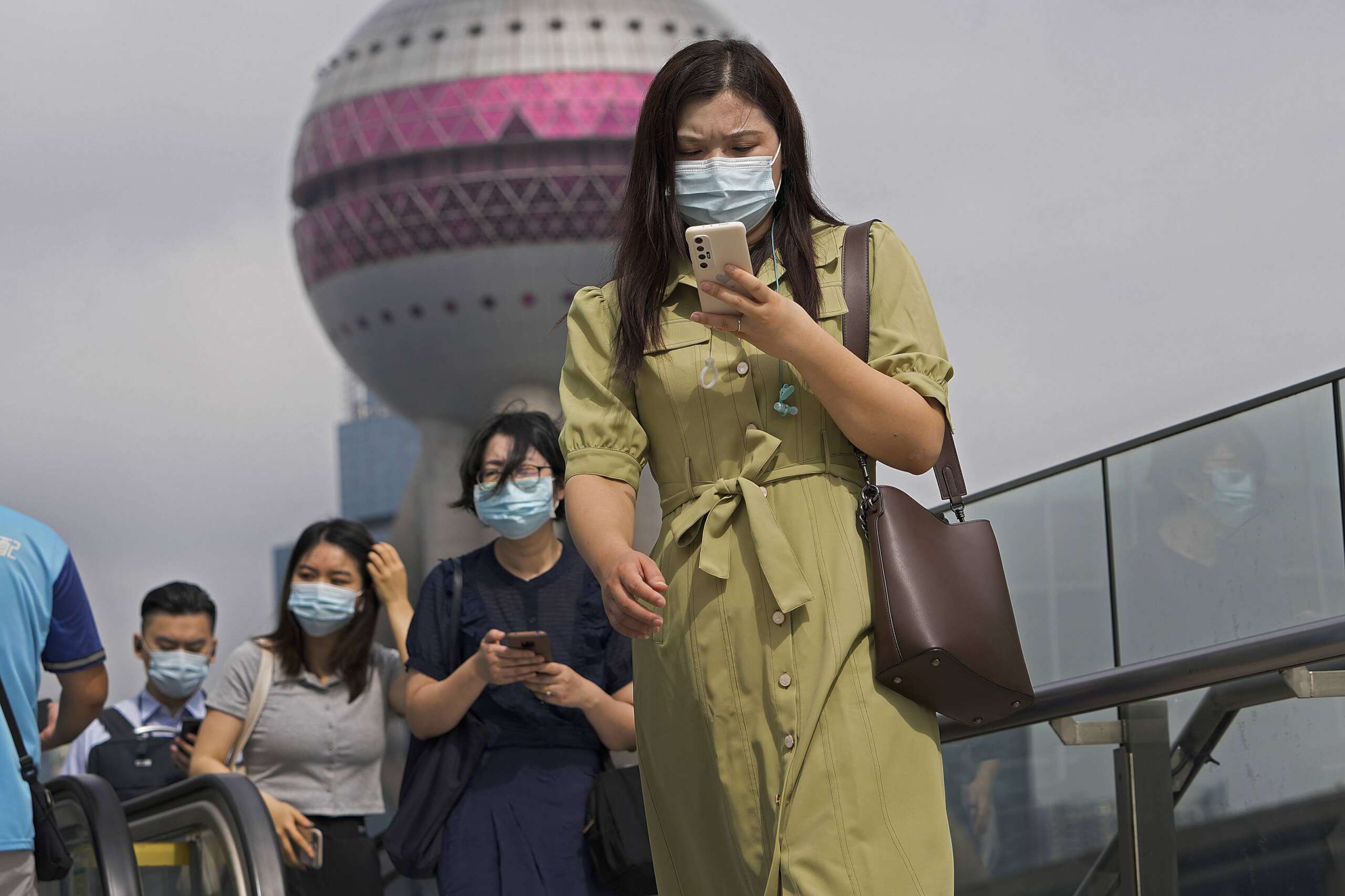Hundreds of emergency responders were in place in Louisiana and the U.S. Army Corps of Engineers had power restoration experts and generators at the ready as Hurricane Ida hit on Sunday as one of the most powerful hurricanes to make landfall in the U.S., federal officials said.
The Coast Guard prepositioned vessels for “deep water search and rescue efforts,” the White House said. States also had sent teams to help with ground and water rescue.
“We’re as ready as we can be,” Gov. John Bel Edwards told CNN’s “State of the Union” a few hours before Ida’s predicted landfall. He said there were 600 people ready to deploy for search and rescue efforts, including teams from 15 other states, with “many more” on the way.
Much of the response began days before landfall and included special precautions due to the coronavirus pandemic, the White House said.
On Saturday, President Joe Biden met via videoconference with FEMA Administrator Deanne Criswell, who said more than 100 ground ambulances and 20 air ambulances were deployed to help evacuate nursing homes in the storm’s path. They also discussed precautions being taken to prevent the spread of COVID-19 at the large shelters the American Red Cross is opening, including masking, rapid testing, and social distancing.
As of Saturday, FEMA had deployed an additional 500 emergency response personnel, 1 million meals, 1.6 million liters of water and generators, the White House said. Criswell told Biden 13 Urban Search and Rescue teams were in place to help people who could not evacuate their homes and the U.S. Army Corps of Engineers put in position power restoration experts and hundreds of generators.
Criswell spoke with Biden from the National Response Coordination Center, the multiagency center that coordinates disaster response and allocates federal resources, which is located at Federal Emergency Management Agency headquarters in Washington.
Environmental Protection Agency spokeswoman Jennah Durant said the agency’s personnel are coordinating with FEMA as well as state and local authorities in Louisiana. She said the agency had contacted the owners and operators of the 23 highly polluted Superfund sites in the state to ensure prestorm security preparations are being made.
Biden approved an emergency disaster declaration for Louisiana on Friday, which authorized direct federal help for all 64 parishes, including power generation, air transportation, wildlife management assistance and water management. The White House said Biden also spoke with the governors of Louisiana, Mississippi, and Alabama “to make clear that States have the full support of the Federal government to provide assistance as needed and to aid local emergency response efforts.”
Biden also spoke Saturday with National Hurricane Center Director Kenneth Graham, about “how Ida will likely be very strong and destructive, with dangerous, life-threatening storm surge and significant rainfall that would impact both coastal and inland areas,” according to the White House.
Edwards told CBS’ “Face the Nation” on Sunday that Ida was a “major, major storm” that will test the state in ways it hasn’t been tested before, as it happens along with the COVID pandemic.
“It’s impossible today to say how long the power will be out. And that begins to test your systems,” Edwards said, “whether it’s the opportunity to deliver water to the hospitals. You can’t run a ventilator without electricity.”
___
Associated Press reporter Michael Biesecker contributed to this report from Washington.
Copyright
© 2021 . All rights reserved. This website is not intended for users located within the European Economic Area.



